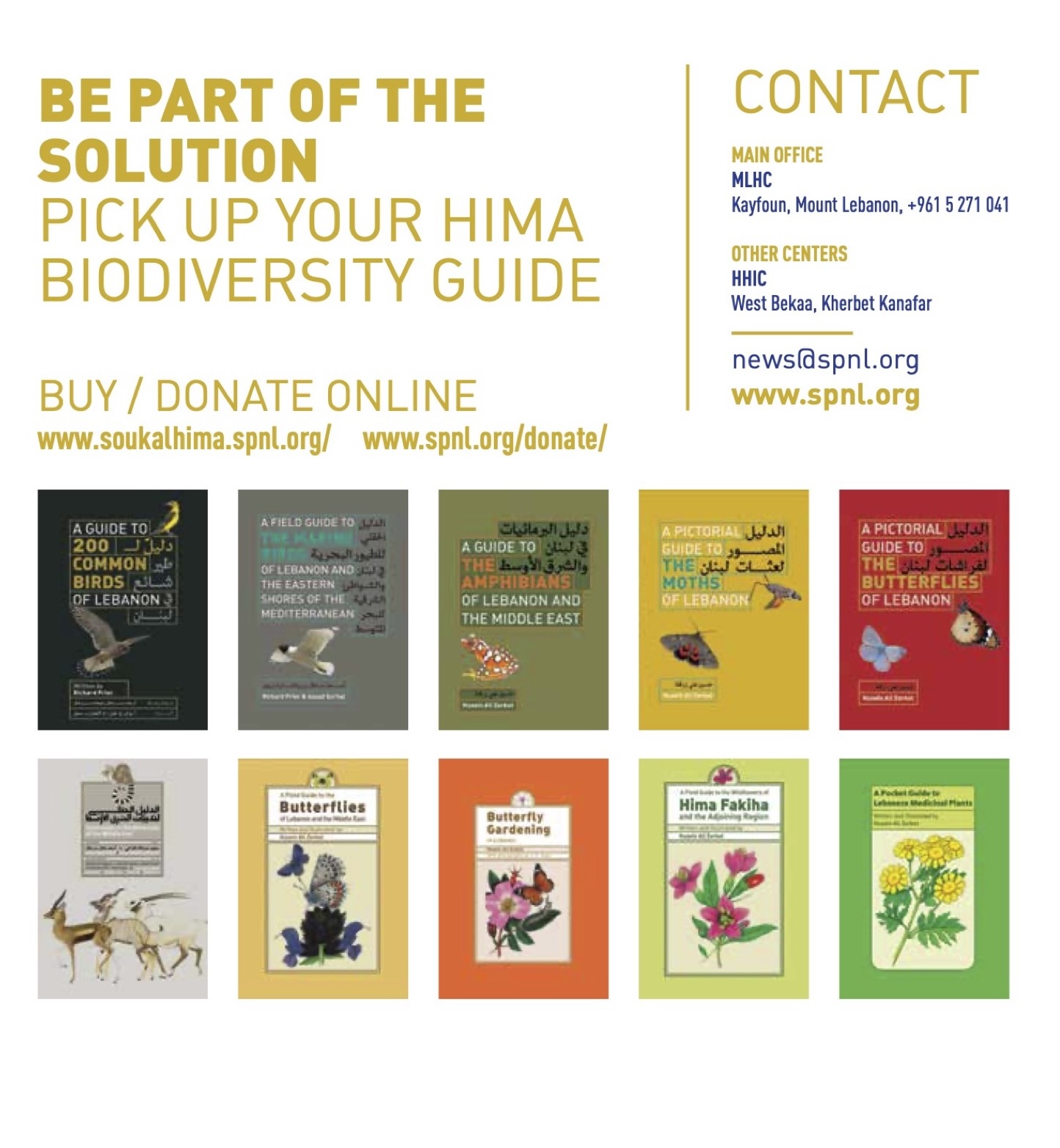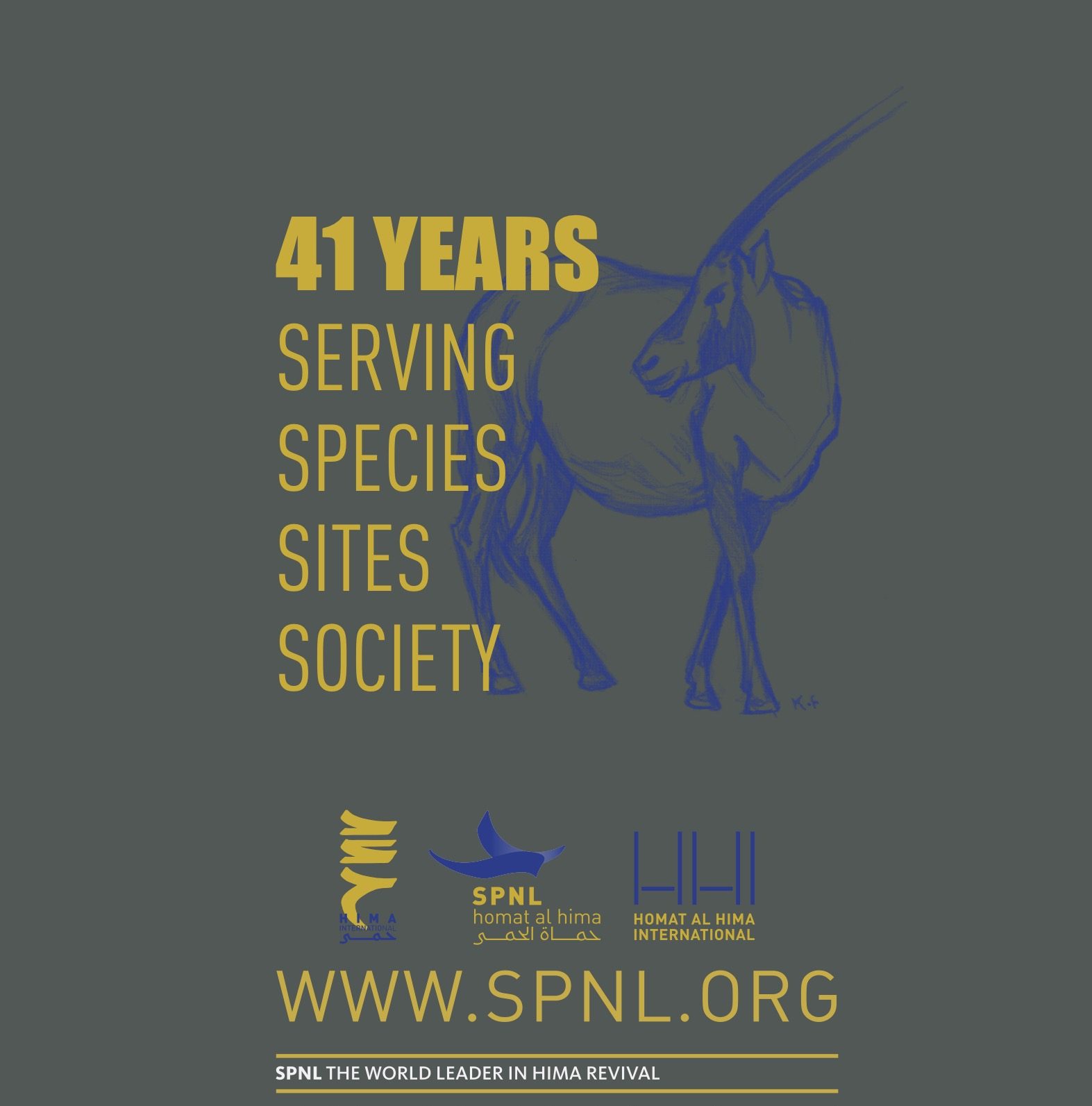Location: The three islands lie approximately 5.5 km north-west of the city of Tripoli. Total area: 500 ha
IBA Criteria met: A1
Explanation: A1 Several globally threatened bird species such as Audouin’s Gull, Dalmatian Pelican, and Corncrake can be observed here. The reserve has been designated a “Mediterranean Specially Protected Area” under the Barcelona convention, as well as a “Wetland of Special International Importance” (Ramsar- 2001). Resting place for 156 species of migratory birds (including many rare and endangered species). Rich in medicinal plants, fish species, sea sponges and other sea life.
Habitat: The islands represent an eastern Mediterranean marine ecosystem made up of three flat, rocky islands of eroded limestone substratum rising to 6m above sea level. There is a freshwater well on Palm Islands, as well as some half-built concrete buildings and some ruins from antiquity
Other wildlife interest: The sandy beaches of the islands are of global importance as a nesting site for endangered marine Turtles (Caretta caretta, Chelonas mydas).
Threats: Hunting, tourism/ recreation, Pollution

Current conservation measures & future plans: declared by law as a nature reserve in 1992. Managed by Palm Islands Nature Reserve committee under the supervision of the Ministry of Environment. A management plan exists but needs updating based on current developments and assessments.






